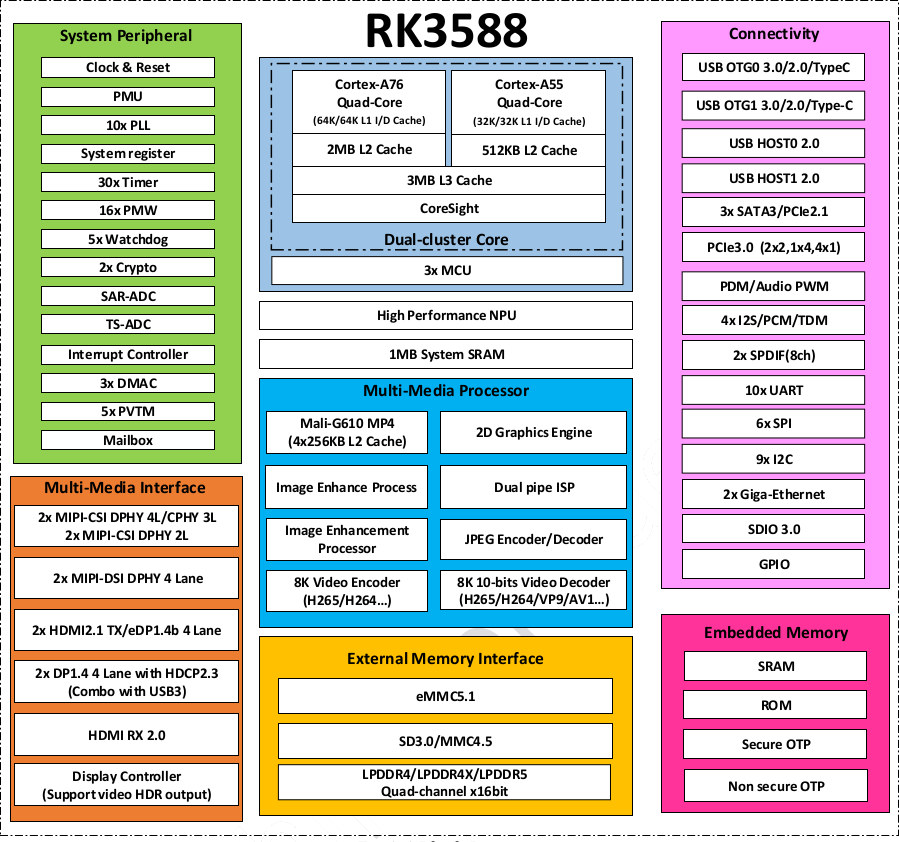Null
Snug
Bear in mind, many of these kind of press releases are about stuff that only works in the lab at present. As far as I've heard all phones and cars are still using gen-1 Li-o batteries, with at the most minor alterations to their shape. There is research I've heard about which is fiddling with the anode and cathode, which is more likely to be employed in something you can buy before any radically different battery chemistry come to market.






